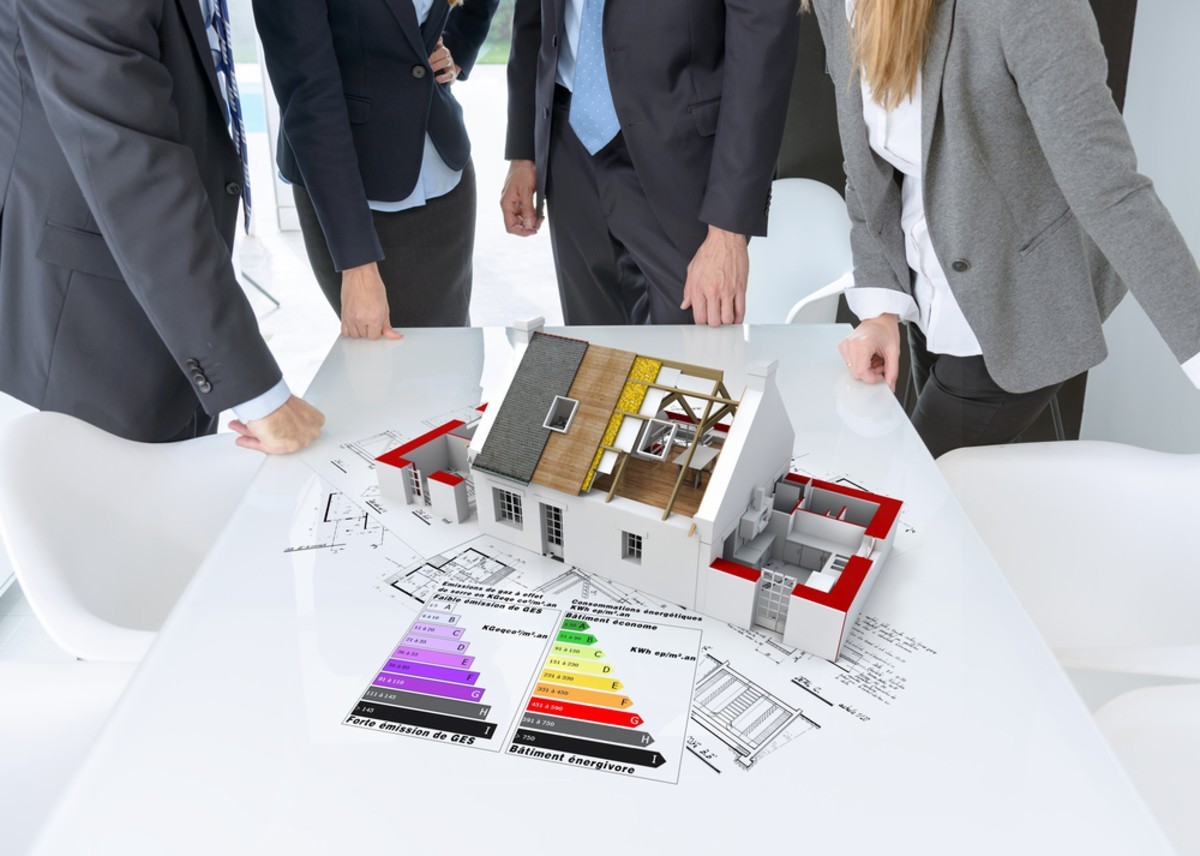Things To Know About Energy-Efficient Roofing Alternatives

When installing energy-efficient roofing systems to lessen the strain on your cooling system in your living or working area, you have to consider many solutions.
The roof keeps you safe from the elements while ensuring that your home is adequately insulated and maintained at a suitable temperature. But, not all roofing materials provide the same advantages, and some roofs perform far better in terms of energy efficiency than others.
Investing in a greener alternative like energy-efficient roof hatches will save you plenty of money. Here are some insights about energy-efficient roofing.
Consider Your Roof Color
Dark hues absorb heat, whereas light colors reflect heat, as is widely understood. This guideline applies to everything, including your roof. Roof Color is a critical variable in ensuring that your home is as energy-efficient as possible.
When you choose the proper color roof, you will save money on your energy costs and money on future maintenance. According to my observations, having a roof that is the appropriate color for the location you reside in can extend the life of a 20-year shingle by up to five years.
The appropriate color for your roof is dependent on the climate in which you live. A homeowner in the desert southwest is likely to choose a light-colored roof over a dark-colored one. A white or light brown tint will do a better job of reflecting the sun's energy, making your home cooler during the hottest months of the year in the desert.
If you live in one of the more frigid climates in the Midwest, on the other hand, you will want a dark color roof that will absorb as much sunshine as possible to keep your home warm—keeping your home warm during a particularly harsh winter.
Energy efficiency might imply various things in different parts of the world, and what works on the other side of the globe may be completely different from what works on the other side.
Types of Energy Efficient Roofing Materials
Asphalt shingles: The most used roofing material for residential buildings is low cost and ease of installation. Unfortunately, asphalt shingles, significantly when lighter in color, are excellent at absorbing heat and poor at reflecting it, making them a poor choice for outdoor use.
Metal: Metal becomes quite hot in the sun because it is highly reflective, reflecting most of the heat away from the building below. To install metal roofs, you have to lay a series of panels or shingles with a more traditional appearance, and they are also reasonably straightforward to put in place.
Tile roof: Another option for those looking for energy-efficient roofing. Various materials, including slate, clay, and concrete, can be used to create tiles, with the latter being exceptionally long-lasting. Several tile roofing materials are pre-treated to increase heat reflectivity; however, these types of roofs are straightforward to treat with reflective coatings once installed.
Roof Coatings: When it comes to coatings, they perform the worst when applied to asphalt shingles and other various roofing materials won't have a problem with coatings. Most roof coatings also alter the color or physical appearance of the roof, and the most reflective roof coatings may not be a good aesthetic match for the colors of your home's external walls and trim. However, there are colored coatings available that, while less effective than their white counterparts, can improve any roofing system's reflectivity.
Green roof: This is a green rooftop garden. It is sometimes a significant undertaking and financial investment to properly design and builds one, but a good green roof is lovely.
Ventilation is key
An energy-efficient roof requires cool outside air to enter your home through intakes and heated air to exit the attic through exhausts to be effective.
The hot air from your attic will ultimately rise and exit your attic, but the volume of air circulation may not be sufficient to cool your home or building adequately. I would advocate placing turbine fans on your roof to actively push the hot air out of your home to produce an energy-efficient roof.
Always do your research if you are looking for energy-efficient alternatives before you spend on them. If you're shifting to energy-saving roofs, you can also get energy-efficient roof hatches to have the complete roofing efficiency package.



